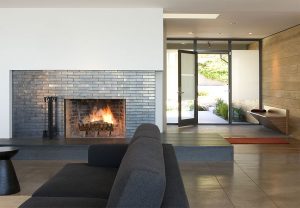Finding the intersection between traditional and contemporary
Transitional style is a major trend in interior design at the moment. You might be thinking, “That’s great…but what does ‘transitional style’ even mean?” Simply put, it’s a marriage of two other decorating styles. It’s not quite traditional, not quite contemporary; instead, it’s a masterful combination of the two.
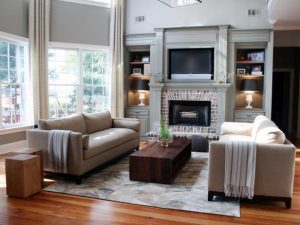
Transitional is sometimes confused with eclectic decorating, but eclectic is a little more “anything goes”—mix-and-match furniture and free-and-easy use of fabrics, colors, materials, and accessories. Transitional is a more clearly defined middle point on the decorating style spectrum.
How do you achieve such a look without creating a confusing mishmash? Here are some guidelines.
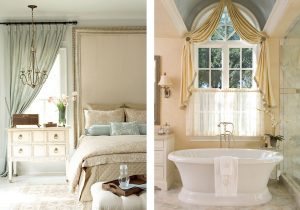
- Find a middle ground. A traditional look is typically heavy on embellishments: ornate curves on furnishings, fringe on draperies, an abundance of throw pillows, warm woods, complex color schemes, accessories adorning every available surface… Contemporary style is a diametrically different look: sleek lines on furnishings, few ornate embellishments, use of industrial-looking materials such as chrome and stainless steel, monochromatic color schemes, a minimalist approach to accessories… Transitional décor essentially splits the difference. Curves on furnishings are minimized but not absent. Stainless steel and other “hard” materials are balanced with warm tones and textures. Color schemes are simple—heavy on the neutrals but not necessarily monochromatic. And accessories enhance the décor in an understated way. The look is one of practical sophistication.
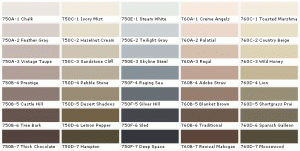
2. Seek out the perfect palette. Often the transitional style is best achieved by bringing new color interpretations to traditional looks. For instance, you might find a traditional style of wallpaper in a unique colorway that reflects modern trends—perhaps a floral design rendered in a metallic silver against a gray background or a classic damask that subtly blends into a watercolor background. The patterns might be familiar, but the colors are new, fresh, and maybe even surprising.
- Use modern materials judiciously. In transitional decorating, a room’s traditional décor is updated with such contemporary materials as stainless steel, lacquer, ceramic, and glass. You can
incorporate these materials through your selection of light fixtures, cabinet pulls, backsplashes, and accessories. Because these materials can sometimes come off a bit cold, though, be sure to add some warmth to your room in the form of fabrics, furniture, throw pillows, and soothing colors on the walls.
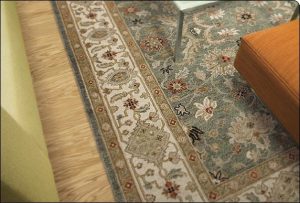
5.Create a focal wall. It might feature a Venetian plaster—a classic textured look—in a highly
burnished, contemporary silver metallic finish. The transitional look doesn’t have to incorporate all of these components, of course; you can still have transitional décor without a focal wall and without the use of stainless steel. But understanding the basic components will allow you to achieve a distinctive look.

 Interior Paints
Interior Paints Exterior Paints
Exterior Paints Primers
Primers Stains & Clears
Stains & Clears
 Paint Brushes
Paint Brushes Paint Roller
Paint Roller Paint Trays & Liners
Paint Trays & Liners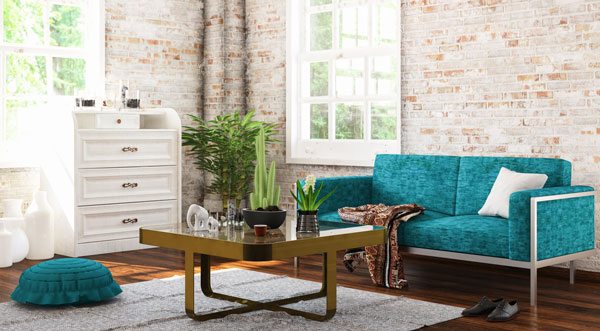
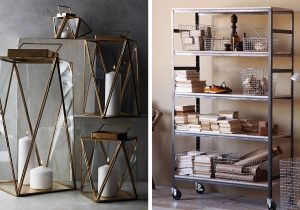 incorporate these materials through your selection of light fixtures, cabinet pulls, backsplashes, and accessories. Because these materials can sometimes come off a bit cold, though, be sure to add some warmth to your room in the form of fabrics, furniture, throw pillows, and soothing colors on the walls.
incorporate these materials through your selection of light fixtures, cabinet pulls, backsplashes, and accessories. Because these materials can sometimes come off a bit cold, though, be sure to add some warmth to your room in the form of fabrics, furniture, throw pillows, and soothing colors on the walls.